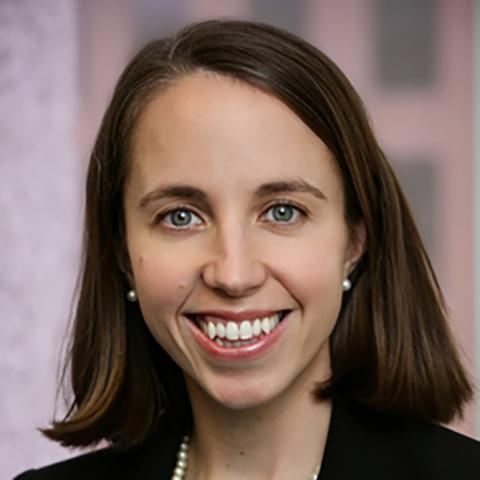This year marks the 30th anniversary of the Center for Medicare and Medicaid Services’ (CMS) implementation of the Medicare physician fee schedule, which establishes Medicare payment rates for more than 8,000 services delivered by physicians, at a cost of more than $100 billion annually. Other government programs, including Medicaid and the Department of Veterans Affairs, also use the fee schedule to help determine payments for certain physicians and clinicians. Most Medicare Advantage plans and other private payers rely on the schedule to determine payments or provider bonuses. A study of a large private insurer found three-quarters of all services billed were benchmarked to Medicare’s relative prices.
When it was introduced in 1992, the fee schedule replaced payment rates based on historical charges with those based on the relative costs required to provide services. Proponents of this shift anticipated that a fee schedule that paid on the basis of underlying costs of production would serve as an important new tool to transform medical practice and delivery in Medicare and ultimately across all of health care.
With 30-year hindsight, it seems clear that the fee schedule has helped standardize and rationalize physician payments to some extent by introducing a methodology for determining physicians’ work and practice expenses, but it has not been transformative. To a large extent, fee-for-service (FFS) payment, as reflected in the fee schedule, has preserved silos of care, increased spending without benefit to patients, and done little to protect quality. It is also ill-suited to influence clinicians to take on new expectations related to population health, social determinants of health, and address behavioral health and drug dependence.
The process for updating the Medicare physician fee schedule payment rates is flawed, relying heavily on recommendations from a specialist-dominated committee led by the American Medical Association, known as the Relative Value Scale Update Committee, or “the RUC.” Medical practice and technology have evolved over the past 30 years, but the payment rates do not accurately reflect the time and resources currently needed for providers to perform services. Therefore, payment rates often bear little or no relationship to the marginal costs of providing them.
As a result of these inaccurate payment rates, providers overdeliver services that are financial “winners,” mostly procedures, tests, and imaging performed by specialists. Undervalued services like evaluation and management — which make up the core of primary care — are not sufficiently supplied by clinicians. Medicare payment is also limited or nonexistent for many emerging, high-value aspects of care delivery — like addressing the social needs of patients and routine communication with the patient and family — further limiting providers’ ability to offer those components of care.
In response to these issues, the Urban Institute, in collaboration with a group of experts with extensive experience working on physician payment issues, submitted recommendations in a comment letter on the proposed 2023 fee schedule. These recommendations build off the 2021 National Academies of Science, Engineering, and Medicine consensus study report, Implementing High-Quality Primary Care, and are also aligned with the Medicare Payment Advisory Commission’s recommendations.
The recommendations suggest payment reform principles and a set of process improvement ideas that CMS could consider in setting fees for the more than 8,000 codes that make up the physician fee schedule. One idea is to establish an expert panel to advise on adopting new processes to more accurately determine relative values for services. The panel would help CMS staff work through the logistics of adoption, giving attention to manageable transitions and mitigating major redistributions of revenues within short periods of time. The recommendations emphasize the need for CMS to replace the current overreliance on long-outdated practice expense surveys and misestimates of time and work provided by the RUC to CMS with current data related to practice expenses and the amount of time clinicians take to provide services.
These reforms are essential and should be complemented by changes in how we pay for care. Medicare currently includes bundled payments for global surgical periods that price pre- and postoperative visits and services into the surgical payment, visits which evidence shows do not often actually happen. We recommend transitional payment reforms to make these global periods more accurately reflect the actual number of visits that are provided for each service. We recommended moving to a primary care payment model that includes a hybrid of both prepaid, population-based payments and FFS. Such a model would allow providers flexibility in providing the right care at the right time outside the confines of the fee schedule, while also preserving FFS for select services that are of high value and underdelivered.
CMS published the final 2023 fee schedule rule on November 18 and did not directly address our series of recommendations. However, CMS did acknowledge a jointly signed comment letter urging a different approach to data collection and the establishment of an expert advisory group. In response, CMS left the door open for future revisions, noting, “We remain interested in possible alternatives to use of a sole source of data. We believe that transparency and repeatability should be key principles for examining future work to update indirect practice expense inputs. . . . Our intent remains to seek data that capture such changes on a more frequent basis, and allow for others to explore and study how best to assess and account for changes with more rapid feedback loops.”
We are mindful of the challenges CMS faces in managing the schedule with limited data and resources in the face of numerous and entrenched interests. It is imperative, however, that policymakers within and outside CMS take action to update the fee schedule to safeguard the validity of Medicare payments. Our recommendations provide an important viewpoint on how to accomplish long-term changes in how Medicare pays physicians and other clinicians, as well as the many other payers who base payments on the fee schedule.





